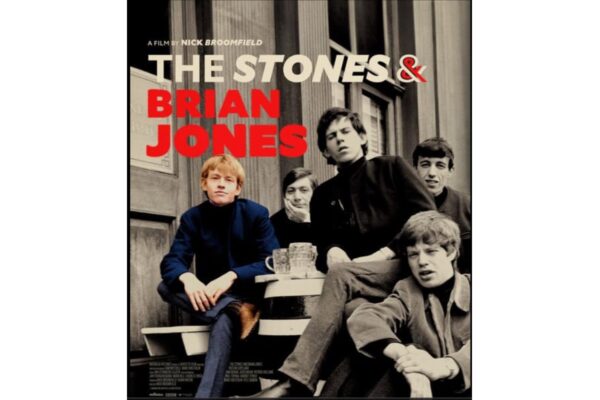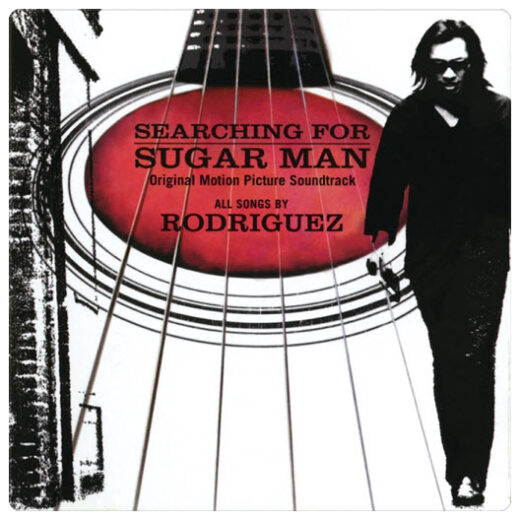When the legendary California recording studio known as Sound City closed in 2011, Foo Fighters frontman Dave Grohl sought out the owners and purchased the Neve console that had been used to record some of the most famous rock albums of all time: everything from Fleetwood Mac to Cheap Trick to Pat Benatar to Nirvana to Rick Rubin’s masterpiece, the American Recordings album with Johnny Cash. Sound City Studio was an analogue shop, founded on 24 track 2 inch reel to reel tape, and the place generated an audio quality that was and is simply amazing.
The Neve console, the big box room that should have sounded like it looked (crap shag carpet on the walls of a warehouse redolent of the nearby Budweiser factory), and the sheer mastery of the Sound City staff: all conspired to inspire damn near every musician who walked into the studio and saw all those famed platinum recordings adorning the unkempt premises. Decor was not the priority: making music was. In short, this shoddy bare-bones studio, for going on forty years, managed to become the place where everyone who was anyone wanted to make records, particularly after Fleetwood Mac made their first big album there, and some years later, most emphatically after Nirvana recorded Nevermind there. The fierce drum explosions of Mick Fleetwood on “World Turning”, the ringing guitar on Tom Petty’s “Refugee”, the thick atmospherics of Kurt Cobain on “Lithium”, the last gasp heroics of Johnny Cash on “Rusty Cage” – all of this emanated from Sound City. At more than one stage in this studio’s storied career, seven or eight of the top ten records on the national charts were recorded in this unprepossessing Van Nuys warehouse.
The digital age has brought Sound City down, but Grohl was determined to make that kind of music again. He installed the Neve console into his own Studio 606, then called up many of the musicians who had recorded there to come into Studio 606 and collaborate with him to make an analogue record the way they used to be made. We as music fans are blessed with two brilliant masterworks made under Grohl’s direction, the first being the HD film documentary called Sound City, recently released, and the new album, called Sound City: Real to Reel.
The film follows the founding of the Sound City operation. Lindsey Buckingham, Stevie Nicks and Mick Fleetwood talk of how they met, how they came to record there, and why Fleetwood revered the drum sound he was able to get from that incredible Neve console. Rupert Neve himself speaks of that console’s special magic. Dave Grohl’s interview of Neve is marvellously self-deprecating and informative of the technology behind all of those knobs and switches on the console.
Early footage of the many musicians who recorded at Sound City is both powerful and evocative. Tom Petty, Mike Campbell and Benmont Tench relate their experience in creating the Damn The Torpedos sessions. Numerous other rock luminaries including Neil Young (who recorded After The Gold Rush there) tell their Sound City stories. Young’s contribution to the film is substantial. It’s well known how Neil feels about digital sound, but in Sound City he talks about the glories of tape, of discovering things in the studio, of collaborating with your bandmates and making something new and wonderful happen in the process.
The film segues into the sad ending of the studio and into Grohl’s imagining of a new existence for the Neve. The resulting album is as fresh and alive-sounding as any recording made in years. And get this – it doesn’t sound digital. From the opening notes you are aware that live musicians are playing together; yes, in a studio with tape, but they’re in the same damned room in the same damned city at the same damned exciting time.
Key tracks – all of ’em, but irresistibly and surprisingly, Stevie Nicks delivers a knockout performance of “You Can’t Fix This”. Further, and gratifyingly, the collaboration of Paul McCartney with Grohl and former members of Nirvana on “Cut Me Some Slack” is the strongest outing for Macca in twenty years. And Trent Reznor of Nine Inch Nails delivers an intoxicating “Mantra” in the electronically enhanced closer that calls out for further work between Grohl and Reznor, who ranks as perhaps the most intriguing digital musician on the scene today. And wtf is Rick Springfield doing with a haul-ass barnburner of a tune called “The Man That Never Was” – well, he’s demonstrating that we misjudged him for his pretty face and his mild way with “Jessie’s Girl” – Springfield’s career deserves another look. And destined for some kind of macho glory is the punkified bar tune of Lee Ving, “Your Wife Is Calling”.
The film documentary – a Must Have. In fact, this may well be the most enjoyable film documentary about recording, about rock and roll history, and about analogue vs. digital ever to be assembled,
The album – a Must Have. The raw excitement of the performances is palpable. And yes, it’s proof that there are currently hundreds of artists in the music industry who should give up their laptops and get back to practicing, or take up another line of work.
Thanks be to Grohl for making 2013 doubly special. He’s passionate about music, about recording, and about magic in the studio. His conviction shines through every moment of the film, and through every note on the album.



